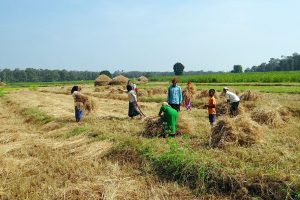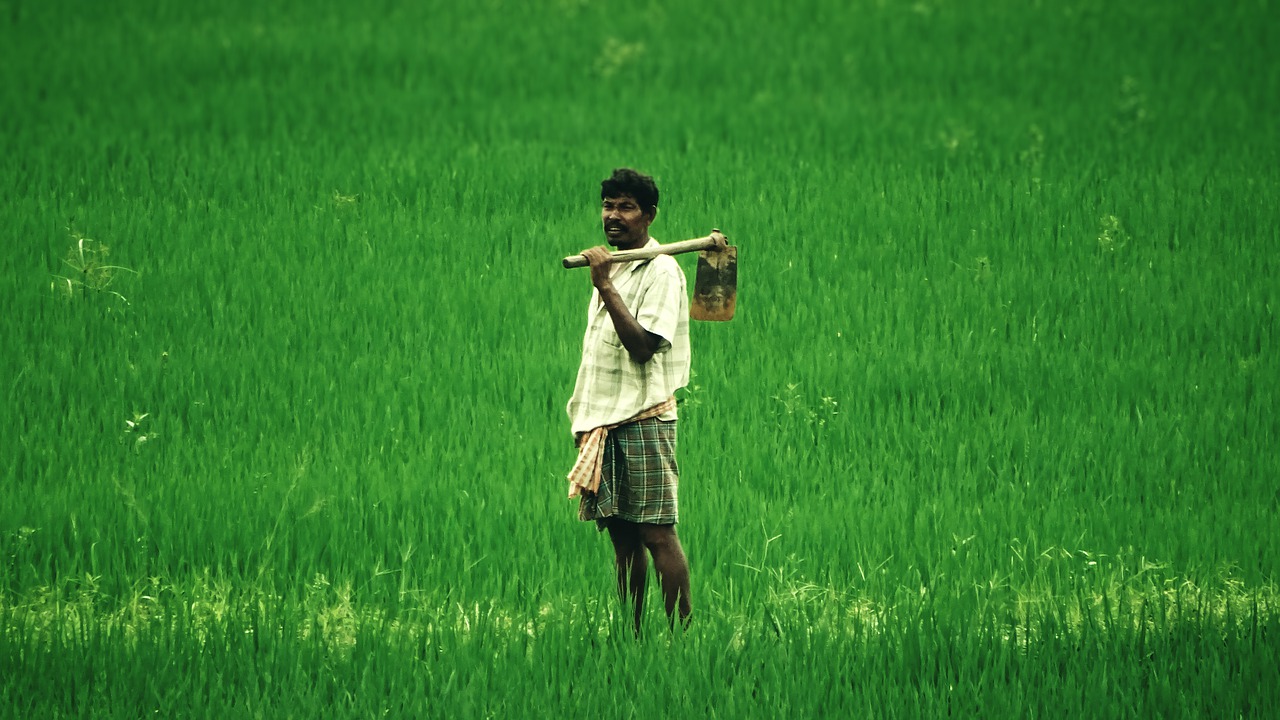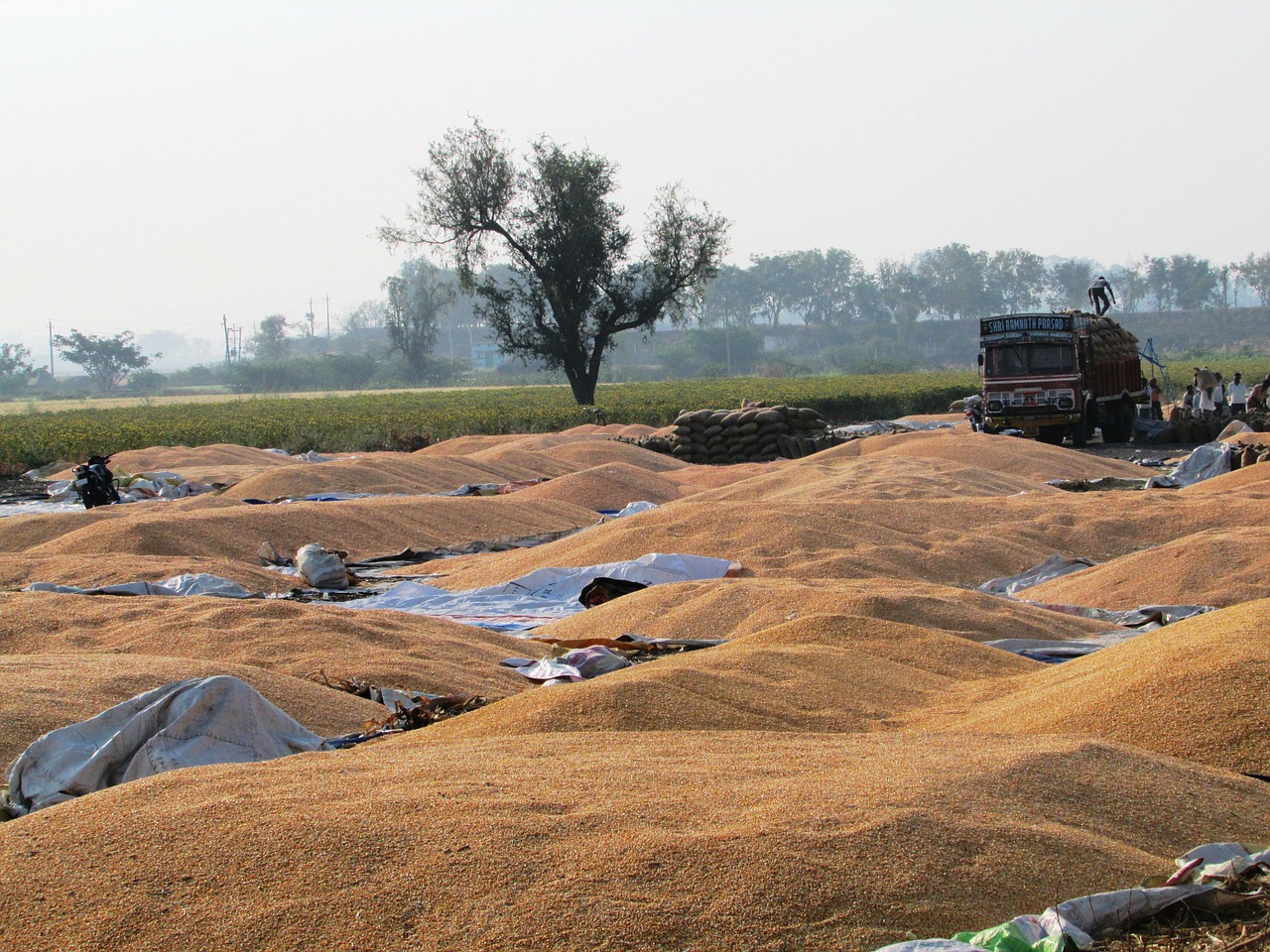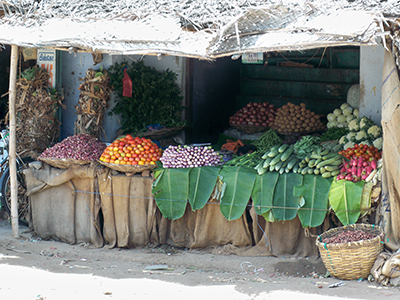
The 21-days lockdown implemented by the government to curb the spread of coronavirus had a huge impact on different sectors of the economy, especially agriculture. Economists have forecasted serious disruptions in India’s rural economy.
Agriculture contributes around 17 percent in the GDP growth of the country and is responsible for the income and livelihood of more than 55 percent of the Indian population. This is a ‘never-seen-before’ situation for the agri sector as it is already reeling under distress due to shrinking farmer landholdings, low support prices, poor income and erratic climatic conditions. This is a much greater challenge that has come its way.
 The sudden lockdown has raised serious challenges for agriculture and its allied sectors. Though the government announced several exemptions for agricultural activities and safety measures for the farm operations, the unprecedented lockdown created panic among migrants and agri-workers as they immediately left for their hometowns amidst the fear of surviving without daily livelihood.
The sudden lockdown has raised serious challenges for agriculture and its allied sectors. Though the government announced several exemptions for agricultural activities and safety measures for the farm operations, the unprecedented lockdown created panic among migrants and agri-workers as they immediately left for their hometowns amidst the fear of surviving without daily livelihood.
With reports of lockdown extension, the situation has aggravated among traders, buyers, farmers, daily wage earners and agri-workers; and raised concern over their income and food security situation in the country.
Delay in Rabi crop harvesting
The rural hinterland is left in a larger crisis. Field crops such as wheat, mustard, gram, lentil, linseed and chickpea are being harvested, while perishable commodities such as vegetables, fruits and flowers require storage facilities. However, farmers are unable to harvest due to a shortage of agri-workers and unable to transport perishable commodities due to the unavailability of transport facilities. This has come as a severe challenge as in some areas farmers are working alone to safeguard their yield.
 As a relief for farmers, the government had issued agri-advisories days after lockdown to ensure smooth functioning of rabi crop harvesting, threshing and drying for storage and marketing of major crops of the winter season. Preventive measures like washing hands and social distancing were recommended to continue farming operations.
As a relief for farmers, the government had issued agri-advisories days after lockdown to ensure smooth functioning of rabi crop harvesting, threshing and drying for storage and marketing of major crops of the winter season. Preventive measures like washing hands and social distancing were recommended to continue farming operations.
Disruptions in the supply chain
Despite exempting agricultural operations from lockdown, the entire supply chain has been severely impacted. The criticality of the situation can be comprehended through the absence of labour on the fields, empty wholesale markets, no response from the buyers and traders, the shutdown of transport facilities and cancellation of export of perishable commodities.
With a decline in demand and no access to mandis, many farmers had to abandon their produce, especially of perishable items. For instance, a farmer in Maharashtra fed strawberries to cattle due to the non-availability of transport to the wholesale market due to lockdown. Another instance is from Bengaluru where a farmer had to discard 15 tonnes of grapes as he failed to sell them.
Farmers and workers under lockdown
Many small and marginal farmers have suffered an extensive loss due to the COVID-19 outbreak and prolonged lockdown. Around 37 percent of farm households own land less than 0.4 hectares as per a survey by the National Bank for Agriculture and Rural Development. The magnitude of income loss is hard to imagine.
 The situation has challenged the existence of minimum support price (MSP) amid the pandemic. Farmers are likely to agree to sell produce at lower prices due to less demand and locked mandis. These challenges have triggered a crisis for the loanee farmers who are dependent on production to repay loans and initiate plantation for the next cropping season.
The situation has challenged the existence of minimum support price (MSP) amid the pandemic. Farmers are likely to agree to sell produce at lower prices due to less demand and locked mandis. These challenges have triggered a crisis for the loanee farmers who are dependent on production to repay loans and initiate plantation for the next cropping season.
But if farmers initiate harvesting, where will they store the production? Abandoning harvest on the field might spoil the crop. Besides, the lockdown might delay the government procurement of crops. A robust warehouse facility is required to store the production.
The daily wage earners and workers are also the worst-hit section as the pandemic has left many unemployed. The COVID-19 outbreak is likely to increase unemployment in this sector.
Initiatives towards farmer benefit
In the wake of helping the rural sector, the government had announced Rs 1.7 lakh crore package to alleviate the financial crisis of farmers, migrant workers and urban and rural poor. The package shall benefit around 86 million farmers as a support measure.
Also, many states have issued strict measures to continue farming in the field. Chhattisgarh government has permitted minimum labour for work in agriculture and horticulture farm.
For wheat procurement, the Punjab government has decided to issue 27 lakh coupons to farmers to access the grain market. A procurement estimation of 135 lakh metric tonnes of wheat has been anticipated. The wheat purchase centres have surged to 3691 as a precautionary measure to avoid overcrowding. Even Haryana has decided to increase the procurement centres to stop overcrowding and avoid panic among farmers.
 What lies ahead for this sector?
What lies ahead for this sector?
The COVID-19 pandemic has led to disruptions in this sector as it unfolded in the peak farming season. The government has been upfront in taking measures to assure minimum effect, but the sudden massive lockdown has uprooted agri-workers and daily wage earners from daily income-generating activities and forced them to return to their homes.
As India crosses 11,000 COVID-19 cases, there is uncertainty over the return of migrants and labourers. This calls for the States to be more cautious to ensure the well-being of rural households and continuation of farming operations with effective safety measures.
Considering such concerns, the government has announced certain exemptions in the agri sector from April 20 in India. All activities such as farming operations, mandis, procurement of agri-production under MSP, manufacturing and distribution of agri-inputs, and shops of farm machinery will resume under their vigilance and safety adherence.
The government has not only succeeded in gaining the trust but also understanding the need of the rural sector by providing these relaxations.
Hopefully these timely and thoughtful exemptions such as availability of agri-inputs, crop harvesting, logistics arrangements, and procurement centres will provide a major relief to the agricultural community. The government will have to keep a close eye by addressing the requirements under each of these categories to boost agricultural activities and reduce distress for Indian agriculture.